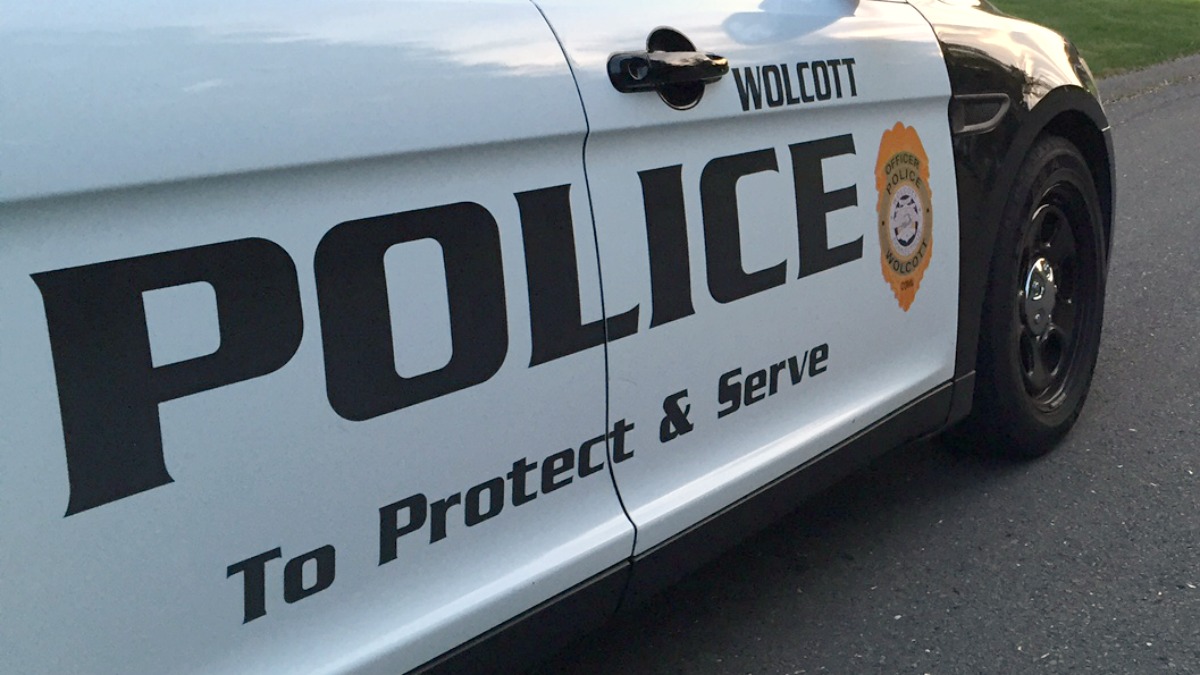Already this year, 11 people have died in house fires in Connecticut, including four young siblings. At this time last year, one residential fire death had been reported.
In the case of the Somers fire on Jan. 2, firefighters say the flames cut off access to the stairway, trapping the children on the second floor. Firefighters were unable to reach them in time. The fire is under investigation, but the fire chief said the two-family home on Quality Avenue did have working smoke detectors.
Across the country, the total number of fire deaths has decreased since 1980, according to the National Fire Protection Association (NFPA), but the death rate for overall home fires increased slightly.
In 2022, the NFPA reported the death rate for one and two-family homes was up 14% from 1980, while the rate for apartment fires was down 18%.
Get Connecticut local news, weather forecasts and entertainment stories to your inbox. Sign up for NBC Connecticut newsletters.
The difference can be partly attributed to regulations.
Connecticut fire code requires all residential dwellings with three or more units to undergo an annual inspection by the local fire marshal. That’s standard nationwide, according to Windsor Fire Marshal Lauri Volkert.
“In all of the national model codes, single family and two-family homes are considered private dwellings. And so those are outside of the code except for requiring smoke alarms. And then once we get into three-family or more, they're considered more of a commercial type building,” Volkert said. “We're not doing a home safety checklist inspection, we're just checking to make sure that the building is code compliant.”
Local
Somers Fire Chief John Roache, who is also the town fire marshal, said the inspection process "is not really invasive, but we're really looking for a smoke detector, CO detectors if it's appropriate, are the exit paths not blocked, things like that.”
Yet the vast majority of fatal home fires happen in one and two-family homes. Data from the U.S. Fire Administration show between 2018 and 2020, one and two-family dwellings accounted for 79.4% of residential fire fatalities.
Thirteen of the 21 residential fire deaths reported in Connecticut last year happened in single or two-family homes.
“Fires are burning much hotter and faster, and as a result are more deadly than they were a generation ago,” Volkert said.
While Volkert and Roache say they are able to stay on top of the required inspections in their towns, it’s a different story in Connecticut’s larger cities.
In 2017, the city of Bridgeport had more than 10,000 units required to undergo annual inspections and just 12 inspectors. At the time, city officials estimated they would need an additional 95 inspectors to get to every building, at a cost of $12.5 million.
That same year, legislators proposed a task force to explore solutions, but no action was taken.
Fire safety and manpower is a concern for many Connecticut renters. Paul Boudreau, a member of Hamden’s tenants union, lives in a complex with hundreds of units. He said he and his neighbors feel they are left in the dark about the status of their homes.
“We need to take tenant safety much more seriously,” Boudreau said. “I’ve seen [the fire marshal] do one or two inspections. I don’t know how thorough they are. We’re not allowed to go along with them.”
Boudreau said he’s witnessed a number of fires in the seven years he’s lived in the complex. In October 2021, a 56-year-old woman died after firefighters pulled her from her burning apartment.
“We’re worried about our safety every single day, every time we hear a fire. We're all traumatized from this stuff,” Boudreau said.
He told NBC Connecticut he is hopeful the tenants can work with fire officials to address their concerns.
In Windsor, Volkert launched the Own Your Safety campaign, encouraging residents to educate themselves on fire dangers and preventative measures.
Fire marshals stress the importance of working smoke alarms. About 24% of deadly residential fires occur in homes where detectors are missing or not working.
Fatal fires are more likely to happen at night when people are sleeping. Unattended cooking and smoking materials are two of the top causes.
Volkert encourages families to have an escape plan and know the escape routes before a fire happens. You should be able to identify two ways out of every room even if one of them is a window. She also suggests identifying a spot where family members can meet once they’ve gotten out of the house.



